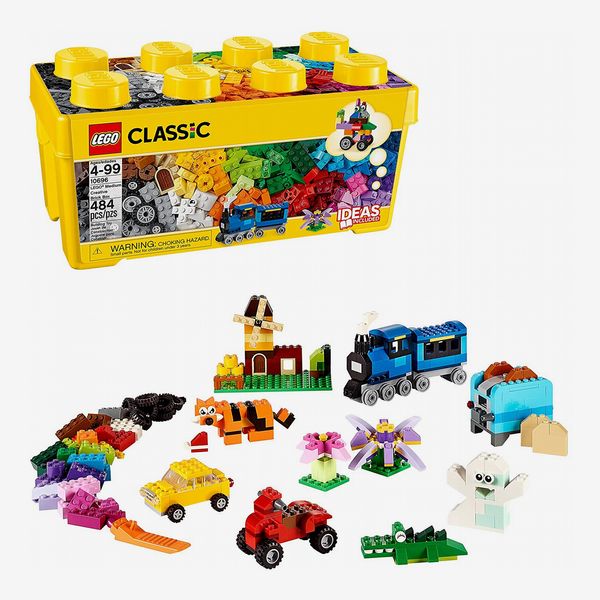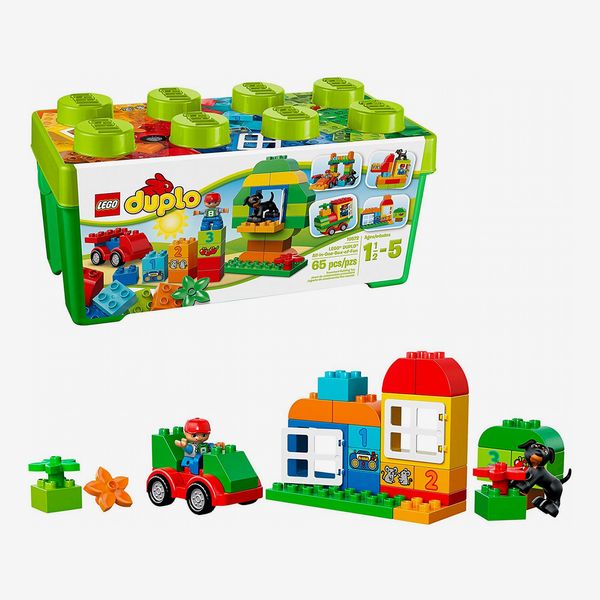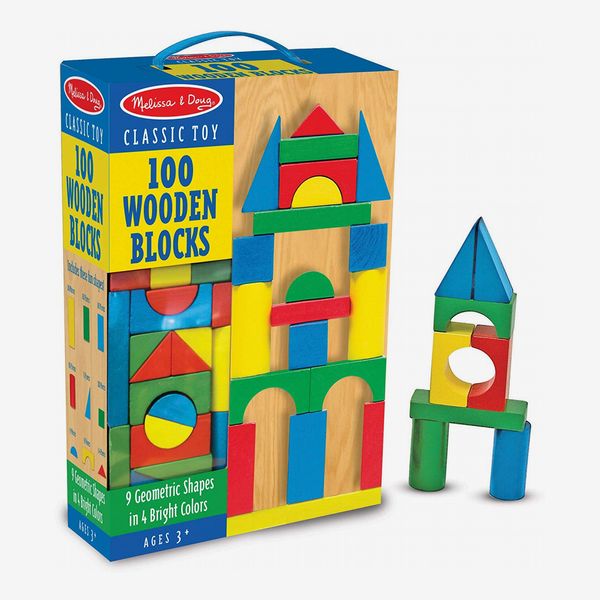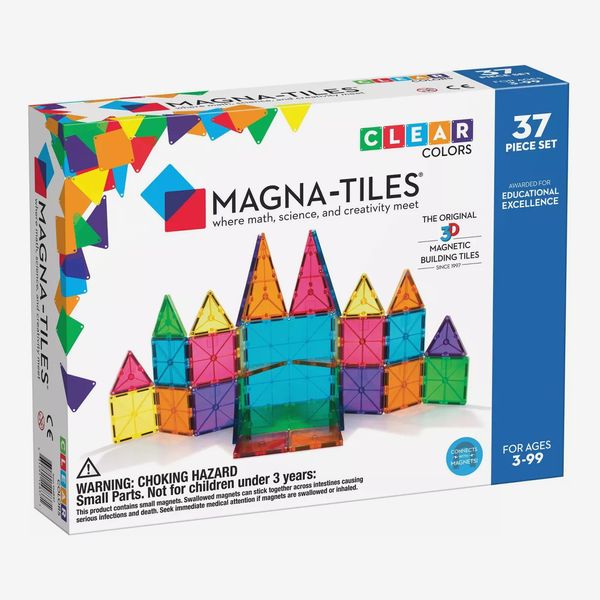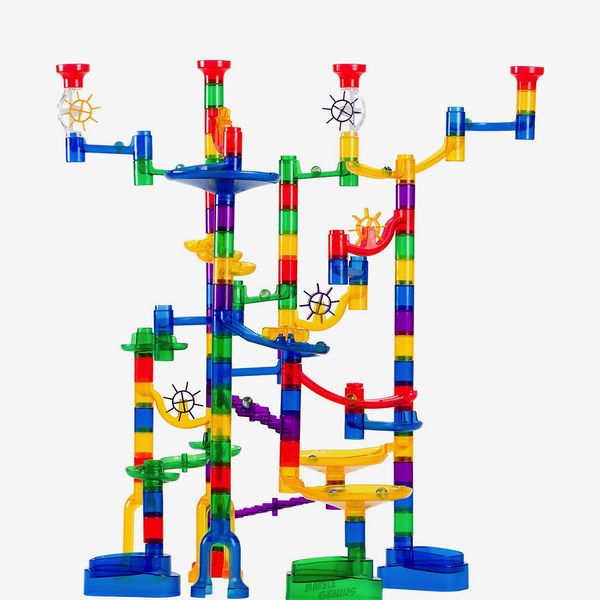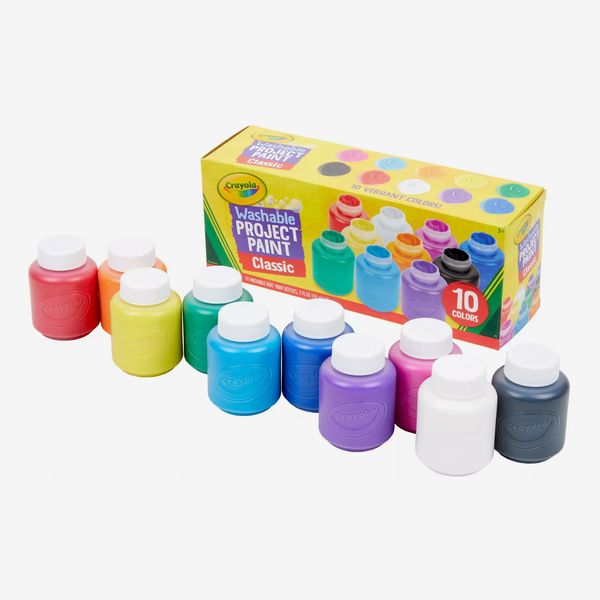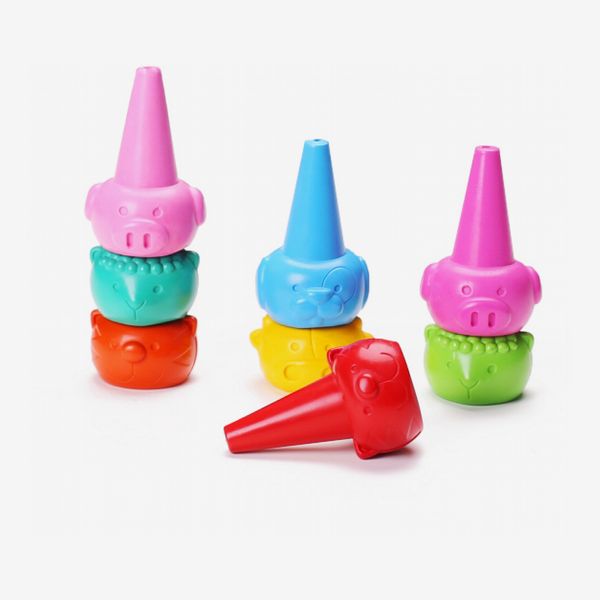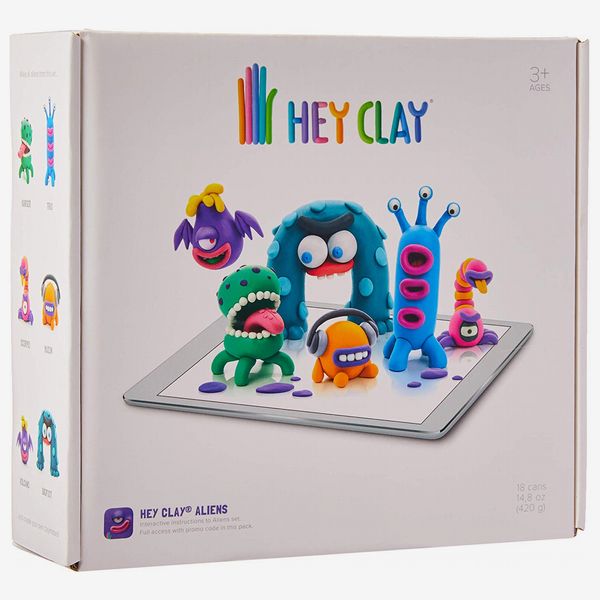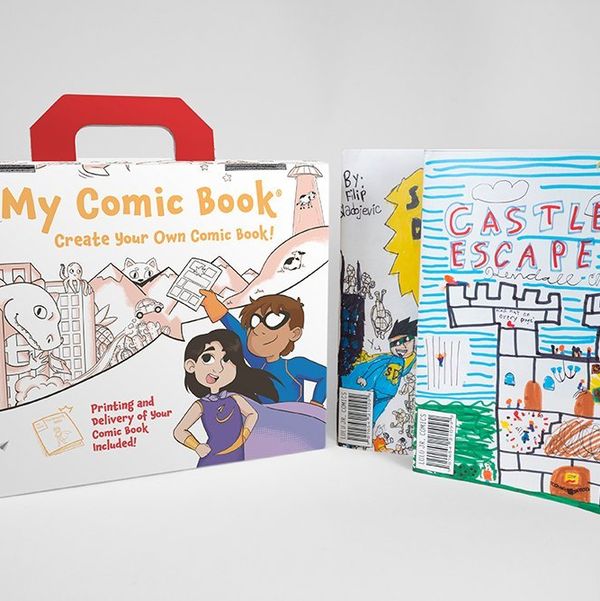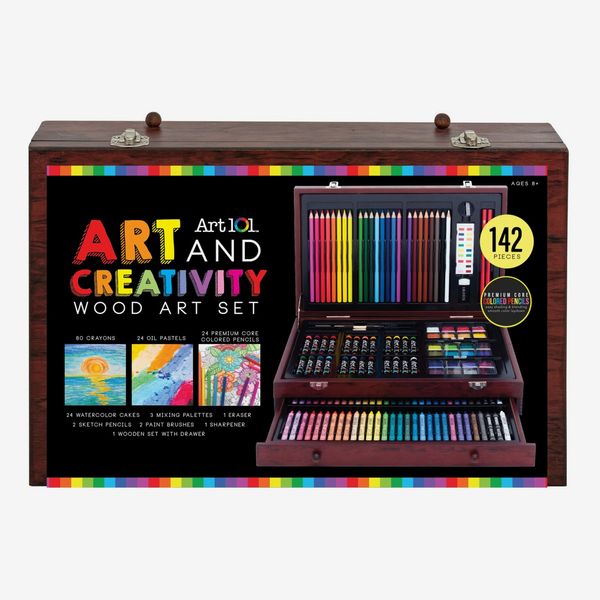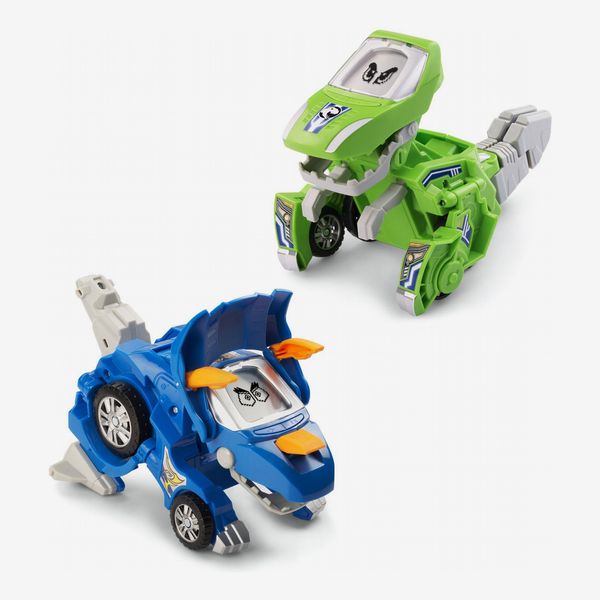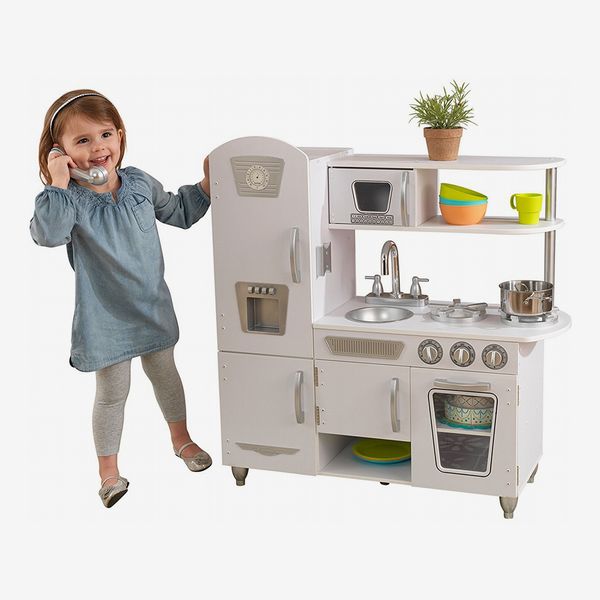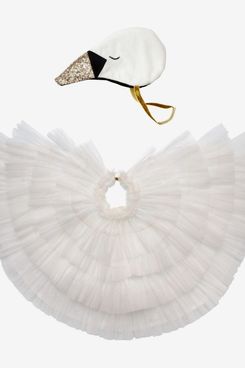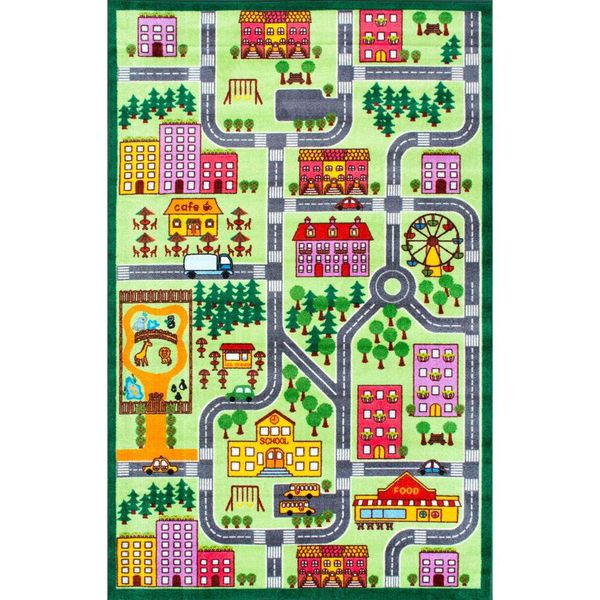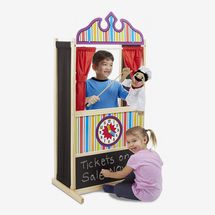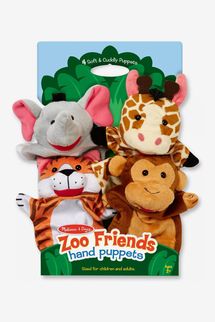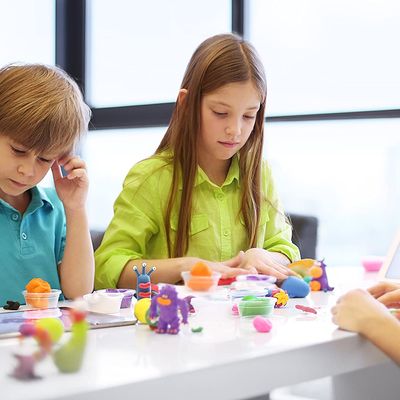
Toys that encourage creativity do much more than prepare young learners to draw, sculpt, or star in the school play. They teach children to experiment and problem solve. “Kids are going to live in a world that’s changing and has problems that we can’t anticipate,” explains Julie King, co-author of How to Talk so Little Kids Will Listen. “The way we’re going to solve them is by being creative.” The best toys show kids “hold information in their mind, think flexibly as things change, and to use self-control,” says Ellen Galinsky, author of Mind in the Making.
Finger paints and pint-size musical instruments might be the first things that come to mind when you’re thinking of creative toys (and they’re certainly great options). But there is a much wider range of toys that inspire creative though in children, including building blocks, magnetic doodads, and other more whimsical playthings. “Being creative is not just about being artistic,” King says. According to Laura Phillips, a clinical neuropsychologist at the Child Mind Institute, the best creative toys are “open-ended, with limited rules or guidelines and no correct answer or end goal.” Below, our panel of child psychologists and development experts recommend the best multi-use, open-ended toys to spark kids’ imaginations.
Best building toys
Nearly everyone we spoke to said classic Lego blocks are perfect for fostering creativity. Child psychologist Dr. George Sachs says playing with Legos “allows the child to develop their own creative ideas and fosters spatial awareness.” Both he and Galinsky like that even though kids often begin with building models based on a kit’s instructions, they’ll soon want to build their own creations. Joanna Faber, the other co-author of How to Talk so Little Kids Will Listen, agrees: “Kids love Legos because you can endlessly make wild and crazy things with them.”
For kids younger than four, Sachs likes Lego’s Duplo line of blocks, which are easier for tiny hands to handle.
Sandra Gordon, founder of baby-gear review site Baby Products Mom, recommends these wooden blocks for toddlers. Like any good creative toy, they “inspire pretend play, building, [and] creating something,” she says.
Magna-tiles are often found in classrooms because, according to Gordon, they help “spark a child’s budding imagination and inspire endless creations.” Clinical social worker Joseph Sacks, who is also a play therapist at Tribeca Play Therapy, is another fan of magnetic toys like Magna-tiles and uses them in his practice. “Figuring out how the magnets interconnect in different ways is very fun, stimulating, and creative,” he explains.
Marie Masterson, director of quality assessment at the McCormick Center for Early Childhood Leadership and author of Let’s Talk Toddlers, recommends this elaborate marble run for kids as young as preschool age because it teaches hand eye coordination as well as cause and effect. Masterson also notes a benefit for both children and parents: this set will “keep kids busy for long periods of time.”
Best art toys
Setting up an area with lots of blank paper and other materials where kids can make art is essential for fostering creative development, according to Dr. Roberta Michnick Golinkoff, a psychologist and co-author of Becoming Brilliant: What Science Tells Us About Raising Successful Children. “I recommend that all kids be given art materials, whether they’ve expressed interest or not.” Sachs explains that art supplies “give [kids] the opportunity to express themselves in their own unique way,” and that if there’s a dedicated art-making space at home, kids will naturally “go there when they feel they want to create.” He especially likes these washable paints — because child artists aren’t known to keep their materials confined to a canvas. Gordon also likes Crayola’s washable finger paints.
“Research shows kids love to wield crayons,” says Golinkoff, “and while what they create might not look like much to you, it may be that they’re thinking about something that [their art] represents, and that’s a wonderful thing.” These non-toxic washable crayons are ergonomically designed for toddlers who are still working on their fine motor skills.
Sachs loves these Hey Clay kits for the same reason he loves Legos: They come with instructions for kids to follow but also offer them endless opportunities to experiment on their own. Playing with clay doesn’t just provide a tactile creative experience, it can also be emotionally therapeutic. “This is actually a part of play therapy, in that children are given clay and they can create whatever they want. Often it’s an expression of what they’re thinking and feeling,” he says.
Kids who love telling stories through their art — or just enjoy a good book — will surely be thrilled by this make-your-own comics kit. Sachs likes that it “provides a kind of pathway to creativity but allows the child to really develop what’s on their mind in the form of the comic book. It doesn’t tell them who their superhero is, it allows them to really come up with their own ideas.”
For older children and tweens, Phillips recommends adding “increasingly sophisticated art supplies” to the mix. She likes this set because it includes materials for several different mediums and an organized place to store it all.
Best imaginative play toys
Practically any stuffed animal, action figure, or doll can inspire a type of imaginative play in which kids will “have whole conversations and play out scenarios with the toys,” according to Faber. Sacks finds that transformer toys are especially good at encouraging this type of play in younger kids. These, which change from dinosaurs to cars (and make very realistic sounds in both forms), are among his favorites.
If kids show an interest in any hobbies or careers, they’ll probably enjoy make-believe toys like kitchen and doctor sets that let them play different roles. Gordon says you can also use creative toys like these “to build a bridge” between kids and the adults in their lives. “You might choose toys that feed into Grandpa and Grandma’s interests — if Grandpa is a cook, a toy kitchen set could be just the thing to inspire an interest in your child.”
Both Masterson and Phillips suggest providing kids with dress up materials. According to Phillips “playing dress up can nurture their imaginations while also developing language, thinking, and social-emotional skills.” Masterson says “toddlers love boots, shoes, tutus, hats, and handbags.” This adorable swan cape and hat will delight young children who love to dance and perform for their family.
Several of our experts suggest mini cars and trucks as toys to encourage imaginative play. Enhancing that experience with a mat or rug featuring a city scene will give kids a setting for their adventures, according to Golinkoff. “Even if they aren’t saying stuff out loud, what they’re doing in their mind is composing and making up scenarios.”
While kids can certainly dream up stories using any toy (or even household objects), Faber says “it’s nice to have puppets and a little puppet theater” to give little ones another way to create and tell new tales.
The Strategist is designed to surface the most useful, expert recommendations for things to buy across the vast e-commerce landscape. Some of our latest conquests include the best acne treatments, rolling luggage, pillows for side sleepers, natural anxiety remedies, and bath towels. We update links when possible, but note that deals can expire and all prices are subject to change.
